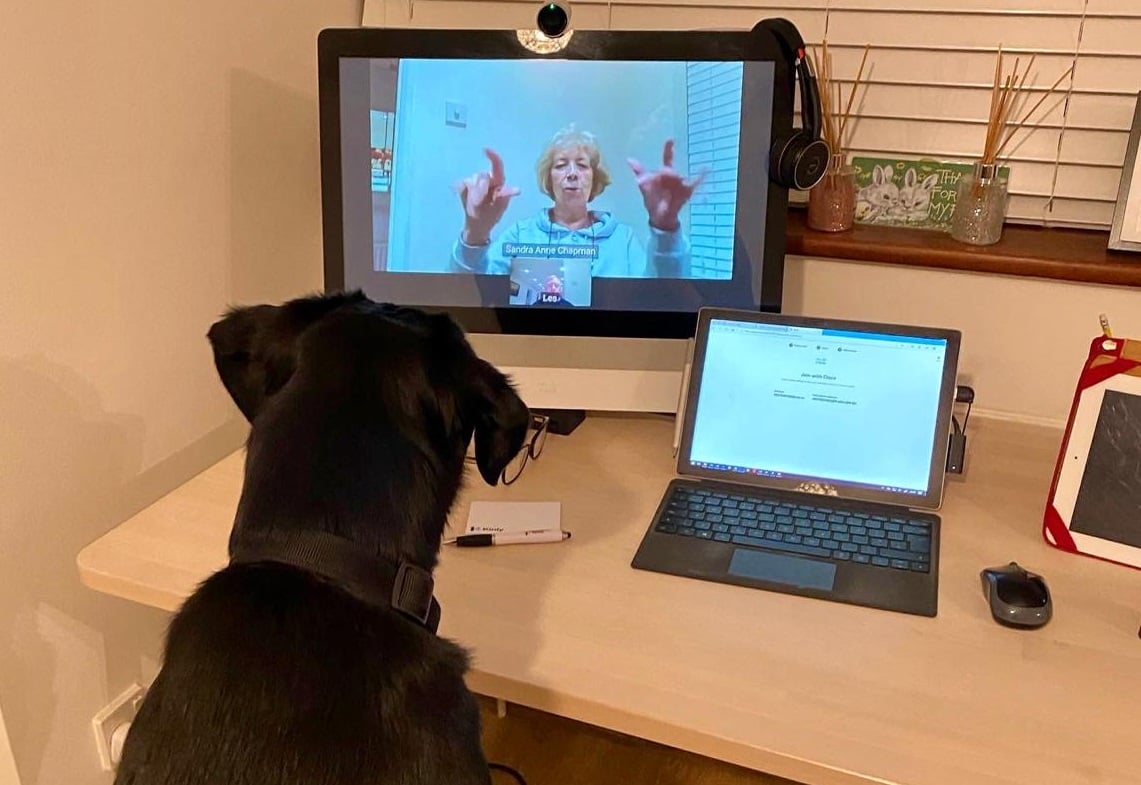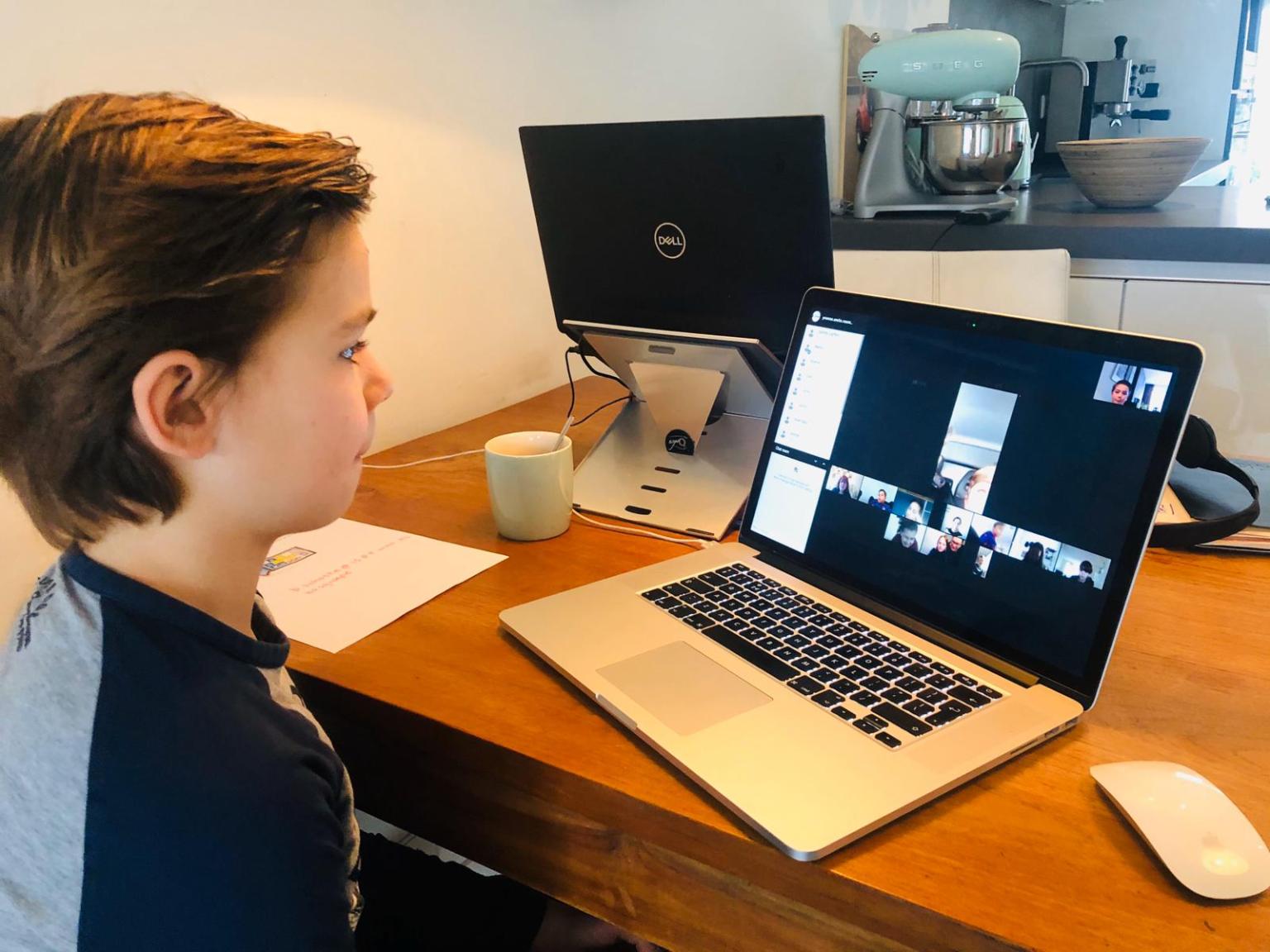How video has kept us ALL in touch during COVID-19
Over the last few months, and in particular the last couple of weeks, it’s felt as though the world around us has changed massively - so many things are now operating so differently and life, at least for the near future, isn’t quite how we expected it to be. This is, of course, due to the ongoing Coronavirus pandemic which means so many of us are in lockdown, confined to our homes away from much of our family and friends.

In order to keep in contact with each other, many have taken to using video meeting software and apps, a significant amount of people experiencing videoconferencing for the very first time, and some of the stories have been incredibly heartwarming. With a huge portion of the population now finally discovering the true potential and practicality of video technology, we thought it would be a fitting time to look a little further into what current platforms offer and what to consider in the future.
Family and Friends (incl. our pets of course!)
One of the biggest things we’ve noticed recently is how family and friends have been keeping in contact with the help of video meeting platforms and apps - whilst not neccesarily the target market they were designed for, this is an effective way for people to have face-to-face conversations with their nearest and dearest even if they aren’t allowed to physically be with them. Through video calls across the many platforms available, grandparents have been able to chat to their grandchildren, families living in split households have been able to maintain a degree of togetherness, and friends have been able to talk, play games, and connect with each other regularly. These social interactions have been so important recently with the lack of physical contact and have helped to keep spirits high during a truly difficult time for us all.

Continuing To Work
With the lockdown also forcing many people out of the office, video communication has become a hugely important piece of technology in a working capacity too. Many teams are now conversing using cloud-based services such as Cisco Webex, Microsoft Teams, Zoom, Google Hangouts etc. depending on their preference, needs, and price range. As we all know, face-to-face interactions are a necessity in the workplace, with so much information being lost or misinterpreted when just using written and verbal communication - the ability to see each other clearly during virtual meetings has helped to eliminate these issues for a more effective and productive working-from-home experience for us all.

However, there are a few things that you must take into consideration if you’re going to be using video collaboration tools in a business setting, where you’ll be using these platforms in a completely different way than you would when chatting casually to family members. If you’re using video conferencing to help keep face-to-face communication a top priority during remote working, you’ll likely be looking for more features than you find within the free versions of the common video meeting services; screen sharing, content sharing, layout options, call management facilities, recording/streaming and town hall or company all-hands events must all be supported by your chosen service if you are to efficiently and effectively continue to operate as a business.
Security is also something to consider, with enterprise-level video collaboration platforms often providing enhanced encryption to ensure that any sensitive data or protected resources are kept safe and secure for the duration of the time you’re using the service. When you’re comparing services, security has to be one of the features that you’re looking at.
Back To The Office?
So, this all poses the question “what happens when we’re all back in the office?”, and there are a few possible outcomes we anticipate. If your organisation had a 'video-first' strategy in place beforehand, your workforce most likely continues using the same platform throughout lockdown as set out in a plan that was created and distributed before the pandemic. If this sounds like you, then you shouldn’t be faced with too much difficulty when you’re all able to regroup back in the office as users will have been using the same meeting platform with a good degree of business continuity, which will make reintegration easier for the whole company when returning to normal working conditions.
On the other hand, it’s also possible that the Coronavirus pandemic lockdown took your organisation by surprise in terms of video meeting capabilities. In many cases different teams/departments/regions may have quickly implemented different cloud-based video meeting solutions (many with limited features or a free offer aspect with a time limit) which have been 'good enough' to keep them communicating within their silos but could create internal challenges for end-users (not to mention IT) in terms of interoperability challenges when life goes back to something like normal. For those who are currently trying to implement a plan of action for the coming months, choosing the right meeting platform with associated services and having a clear strategy is going to be hugely beneficial.
We want to remind businesses looking ahead that there are also physical meeting rooms to consider; when you combine the physical meeting space with the virtual there are a myriad of complexities that will affect the quality of the meeting experience for end-users. Having everyone exclusively in a physical meeting room or everyone completely in a virtual space is alot easier to manage than a mixture of both. And one thing that is certain is you are now going to have more remote meeting participants than before as people have become more comfortable on video and with working from home. Without factoring this into your plans, you’re likely to face major challenges in communication both during and after the Coronavirus lockdown - which will be highly detrimental to business. Do your research into enterprise-level solutions and communicate your plan to your entire workforce; by doing this, you’ll prepare your staff for the difficult period now, whilst also removing some of the meeting challenges which may be faced when returning to work.
The feel-good stories surrounding video recently have been incredibly uplifting and inspiring, and we hope that they continue to keep rolling in throughout this pandemic. By helping families to connect and businesses to keep functioning, maybe video conferencing has finally had the lightbulb moment needed to become an integral part of everyday life both in and out of the workplace.








